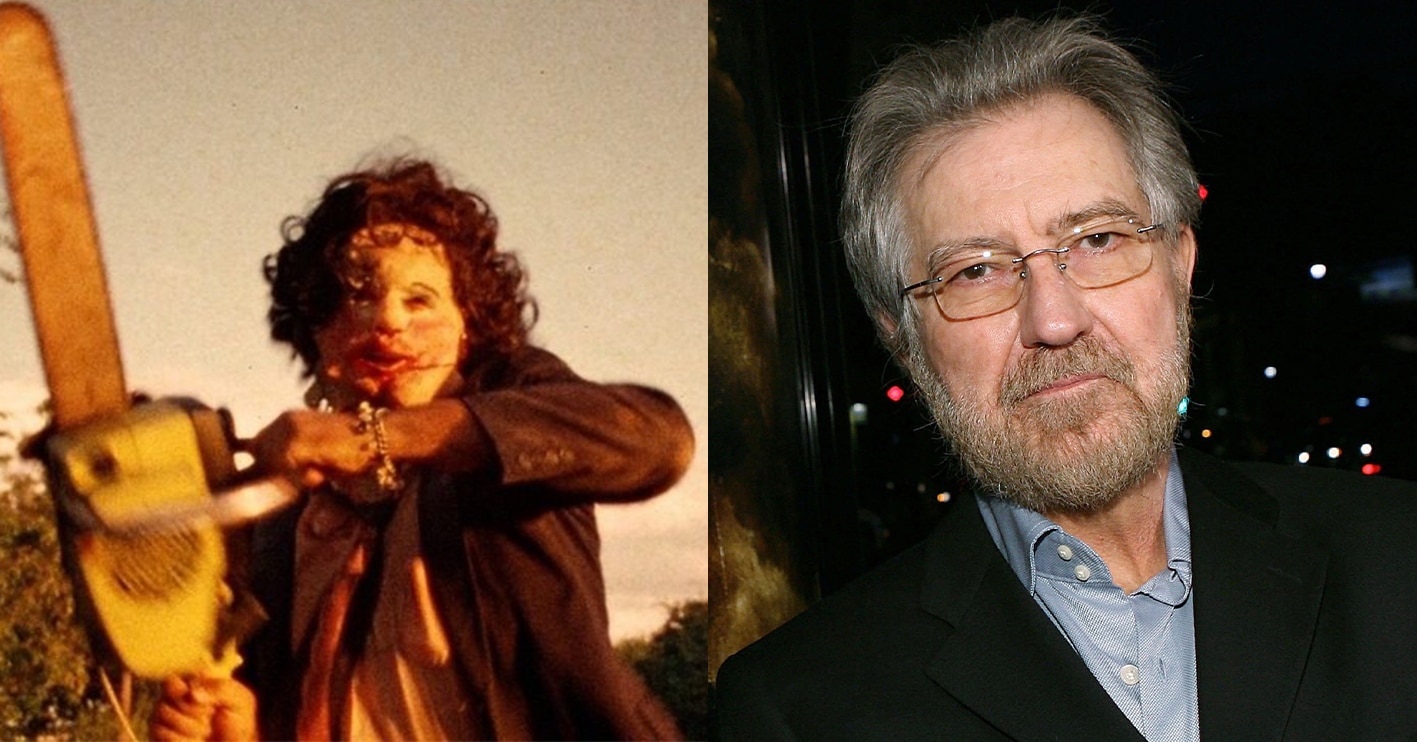First released all the way back in 1974, The Texas Chain Saw Massacre remains one of the most notorious yet acclaimed horror movies of all time. Centred on a group of young friends who unwittingly stumble across a family of cannibals at their remote homestead, director Tobe Hooper’s film has gone down as one of the most terrifying and widely imitated shockers of all time – and it’s arguably lost none of its capacity to shock all these years later. Read on for some fascinating facts about this low budget horror classic.
20. One of the film’s working titles was Headcheese

Whilst The Texas Chain Saw Massacre was early in development, the film’s late director, producer and co-writer Tobe Hooper had a number of different ideas about what it should be called. Hooper (who would later make such horror hits as Poltergeist) considered two working titles: Leatherface and Headcheese. While the first alternate title is the nickname of the film’s imposing bogeyman, the latter refers to a type of food referenced in the film’s dialogue.
If you didn’t know, headcheese is essentially a cold cut terrine of the meat from the head of a calf or pig, which remains a fairly common food in the American Deep South. However, Hooper eventually came up with The Texas Chain Saw Massacre, which we’re sure most will agree is a considerably better title for a horror movie.
19. Leatherface actor Gunnar Hansen wore the mask 12 to 16 hours every day for a month
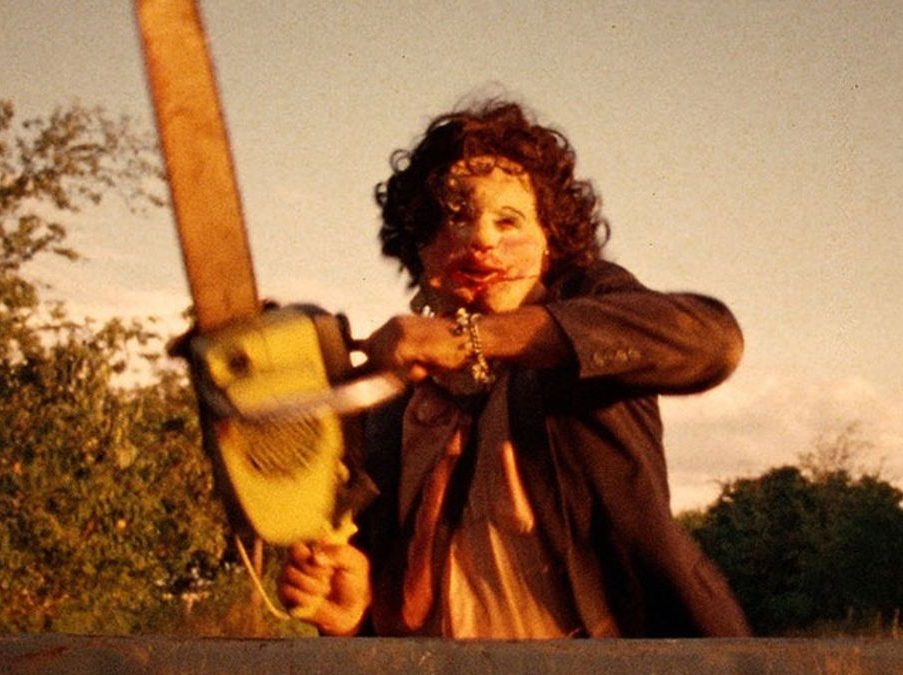
To save money on equipment rentals, The Texas Chain Saw Massacre shoot took place for up to 16 hours a day, seven days a week. And if that wasn’t bad enough, the Texas temperature was often unbearably hot for the film’s cast and crew. Naturally, this was particularly uncomfortable for Leatherface actor Gunnar Hansen due to his constrictive costume.
“It was 95, 100 degrees every day during filming,” recalled the late Hansen, who played the film’s mute, masked, chainsaw-wielding poster boy. “They wouldn’t wash my costume because they were worried that the laundry might lose it, or that it would change colour,” Hansen continued, “so I wore the mask 12 to 16 hours a day, seven days a week, for a month.”
18. Director Tobe Hooper littered the house with real animal remains
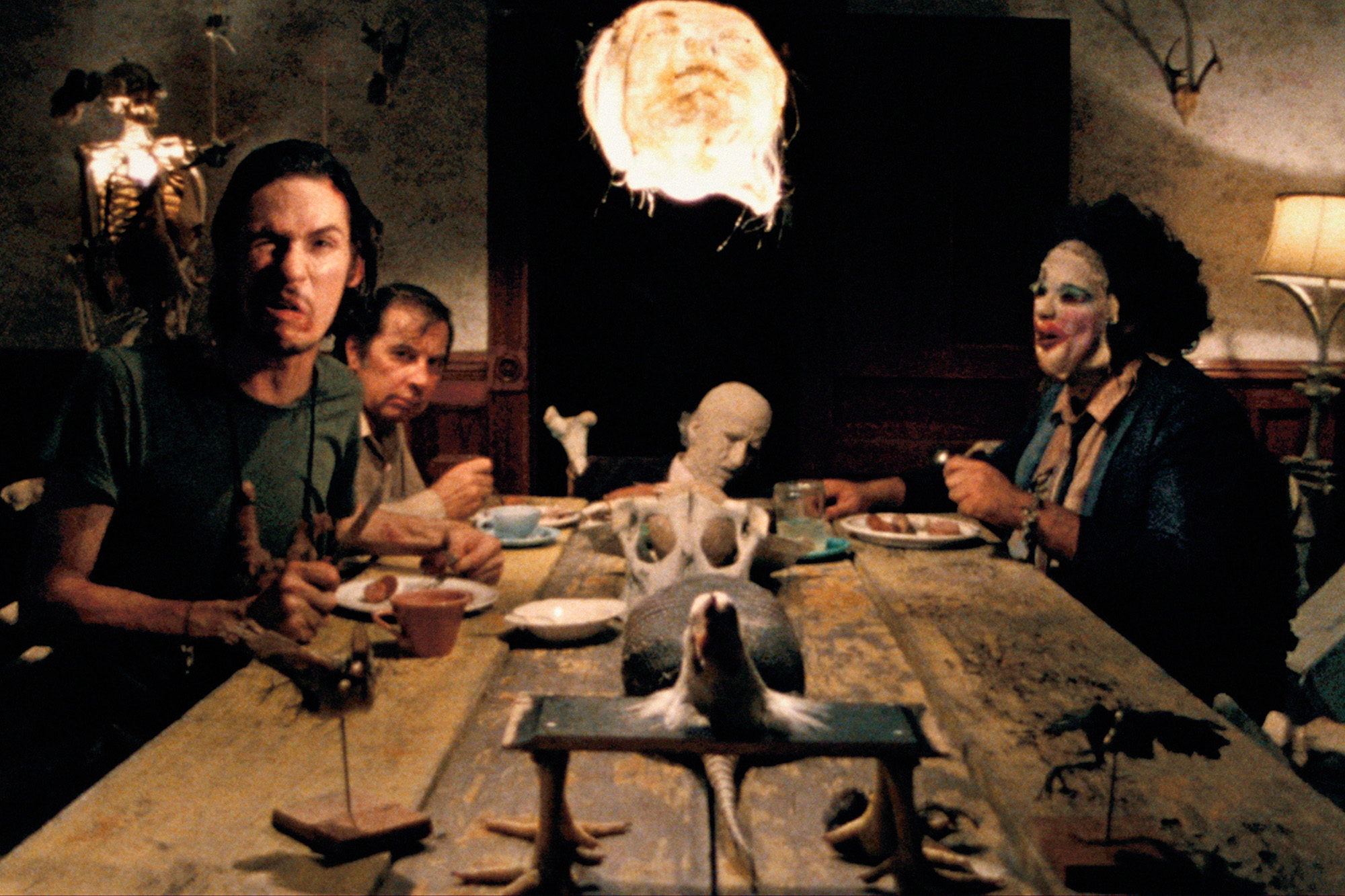
Budget constraints meant that Hooper and his team were forced to be creative when it came to decorating the film’s terrifying homestead. Art director Robert Burns not only drove around the countryside collecting real animal remains to spread around the property during filming, but the walls were coated with drops of real animal blood that had been obtained from a local slaughterhouse. Worse still, the human skeleton at the end of the film was also real.
It may surprise you that the use of real human remains and animal parts from abattoirs has always been commonplace, even in big budget horror movies; take Hooper’s later film Poltergeist, which infamously features real skeletons.
17. Many cast members were injured for real during the shoot
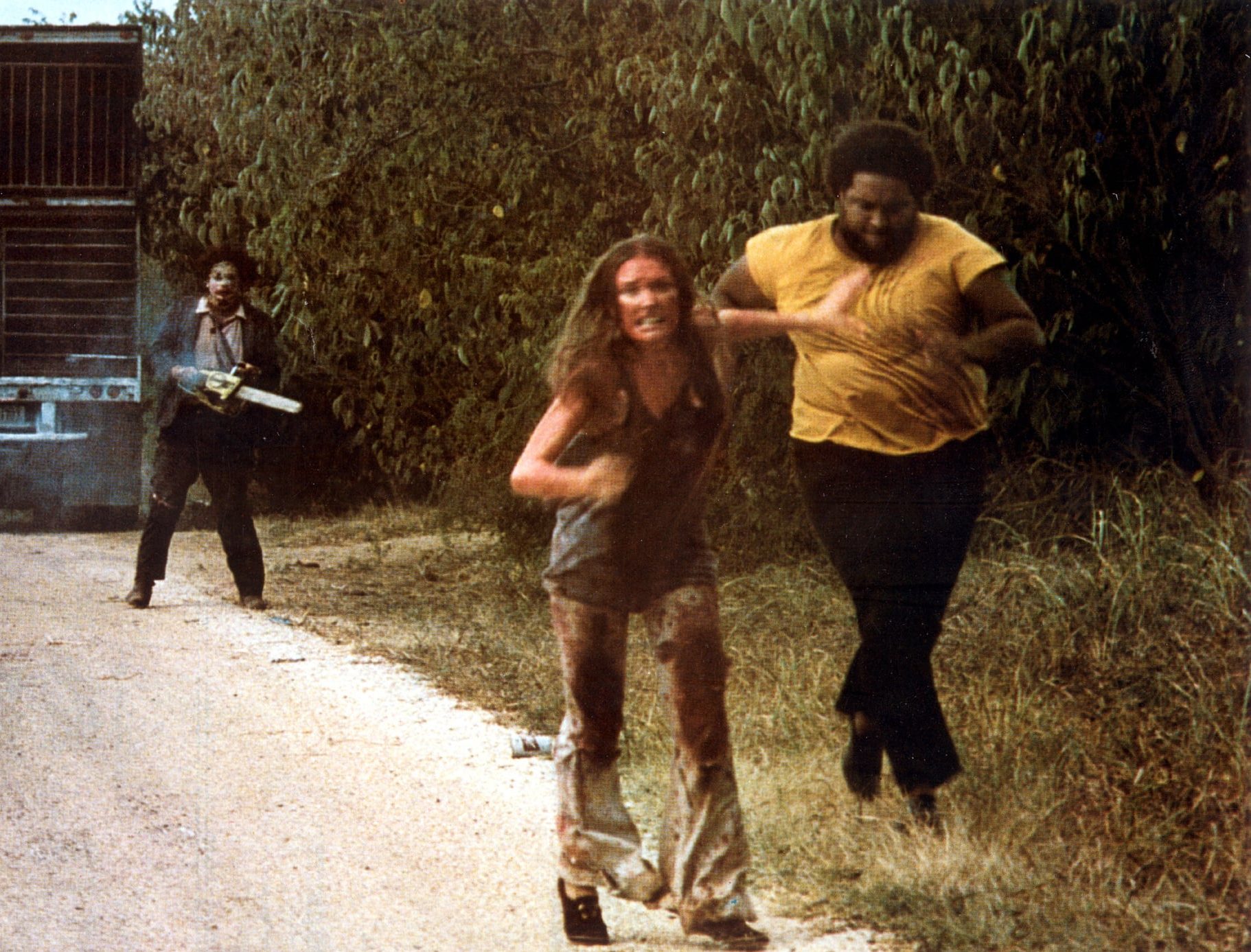
The health and safety-free environment of the Texas Chain Saw Massacre shoot, which saw Gunnar Hansen bring a real running chainsaw to within 8 centimetres of actor William Vail’s face, meant that a number of the film’s actors ended up with real injuries. Tobe Hooper once remarked, “Everyone hated me by the end of the production… it just took years for them to kind of cool off.”
Journalist John Bloom wrote in 2004: “[Ed] Neal had his face burned by hot asphalt. [Paul] Partain had a bruised and cut arm after rolling down a hill in one of the early scenes… Hansen had no peripheral vision while wearing his mask and had a heart-stopping near miss when his boots slipped while he was running and the chain saw flew up in the air and crashed to the ground, inches from his body. But no one was beaten, cut, and bruised more than [Marilyn] Burns.”
16. Hooper believed the film could secure a family-friendly PG rating
- Credit: Vince Bucci/Getty Images
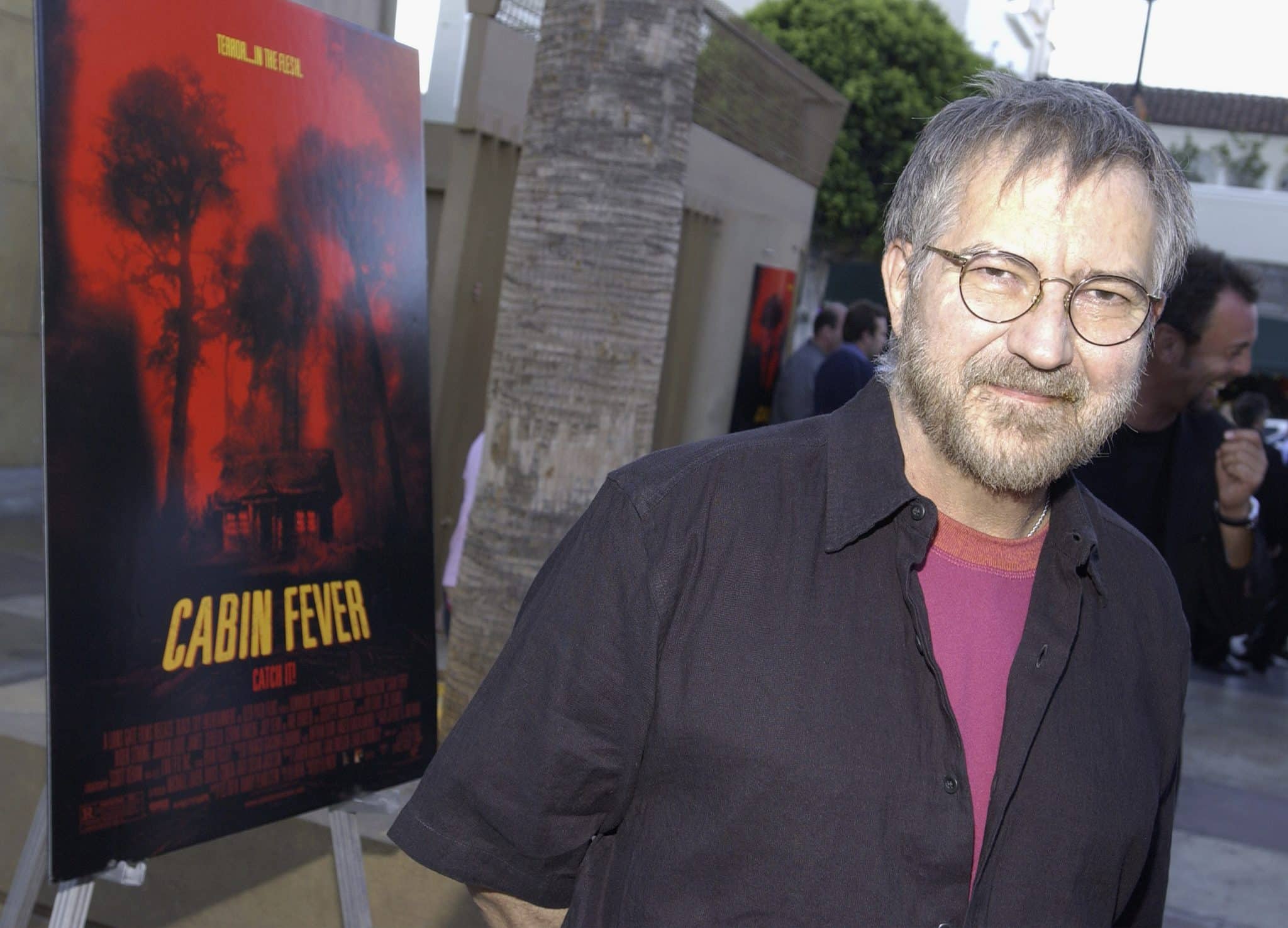
Tobe Hooper once genuinely believed that The Texas Chain Saw Massacre could secure a family-friendly PG rating from the Motion Picture Association of America. The way Hooper saw it, the film contained no nudity or swearing, and the violence is actually not that graphic. Neither the MPAA nor many other film ratings boards around the world saw it that way; it’s an R in the US, and carries adults-only ratings in most countries.
While it’s hard now to imagine a film as infamously scary as The Texas Chain Saw Massacre getting a PG, it’s worth noting that the film contains far less bloodshed than Steven Spielberg’s Jaws, which was (unbelievably) given a PG on its first release in 1975. In any case, the R rating didn’t do much to hurt The Texas Chain Saw Massacre at the box office.
15. It was falsely advertised as being based on true events
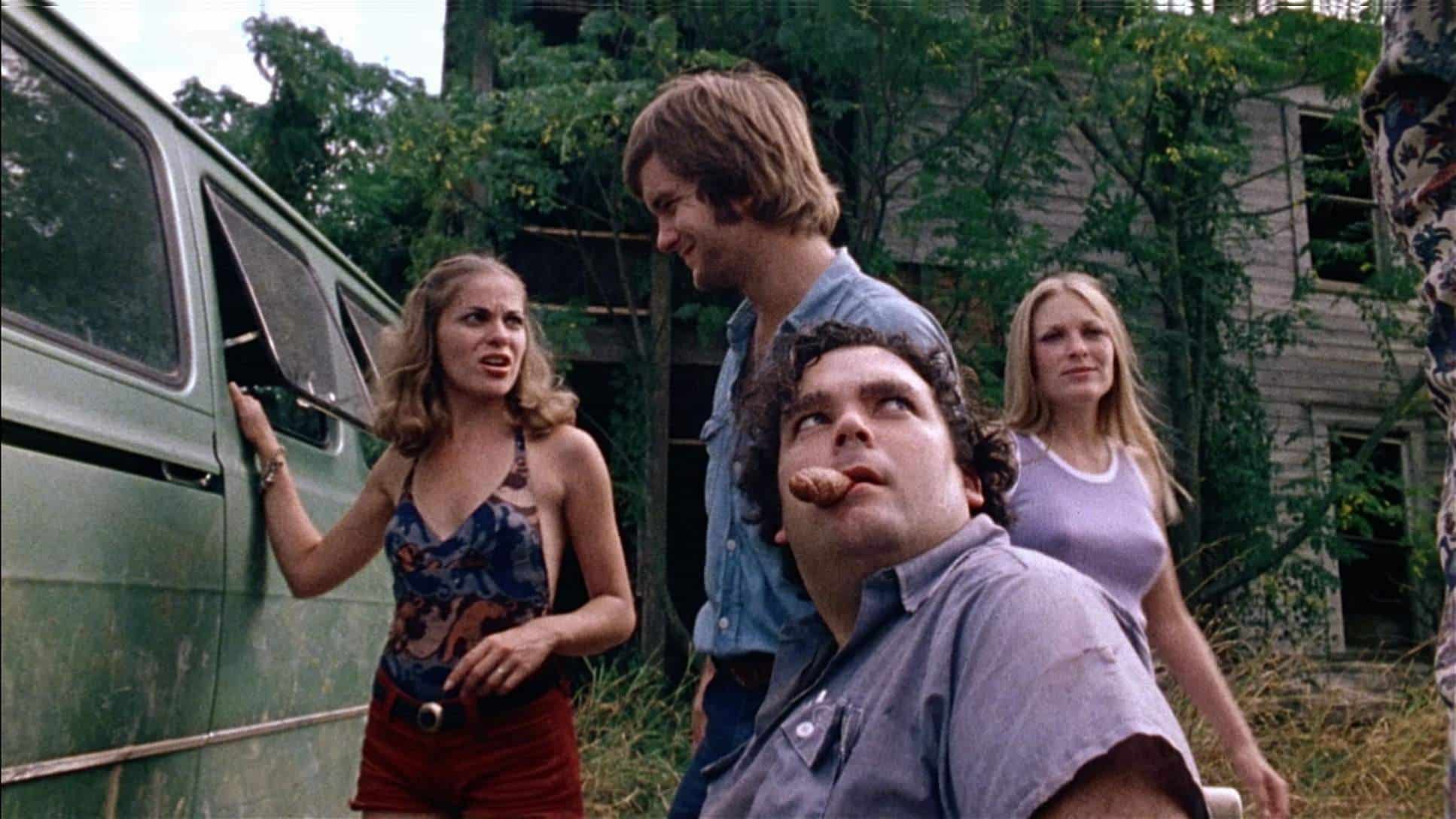
In order to drum up interest and intrigue amongst moviegoers, The Texas Chain Saw Massacre was marketed as being based on true events. This claim was false, as the film’s story, written by Kim Henkel and Tobe Hooper, was entirely fictional. That said, the character of Leatherface and one or two minor plot points in the film were drawn from the story of notorious serial killer Ed Gein.
Gein rose to infamy in 1957 after he was investigated for killing hardware store owner Bernice Worden. After the authorities searched his house, they realised that Gein had snatched bodies from local graves and kept keepsakes in his house fashioned from their remains. Years before The Texas Chain Saw Massacre, Gein’s story had also inspired the novel and film Psycho; it would later inspire The Silence of the Lambs.
14. The film’s level of violence led to it being banned in several countries
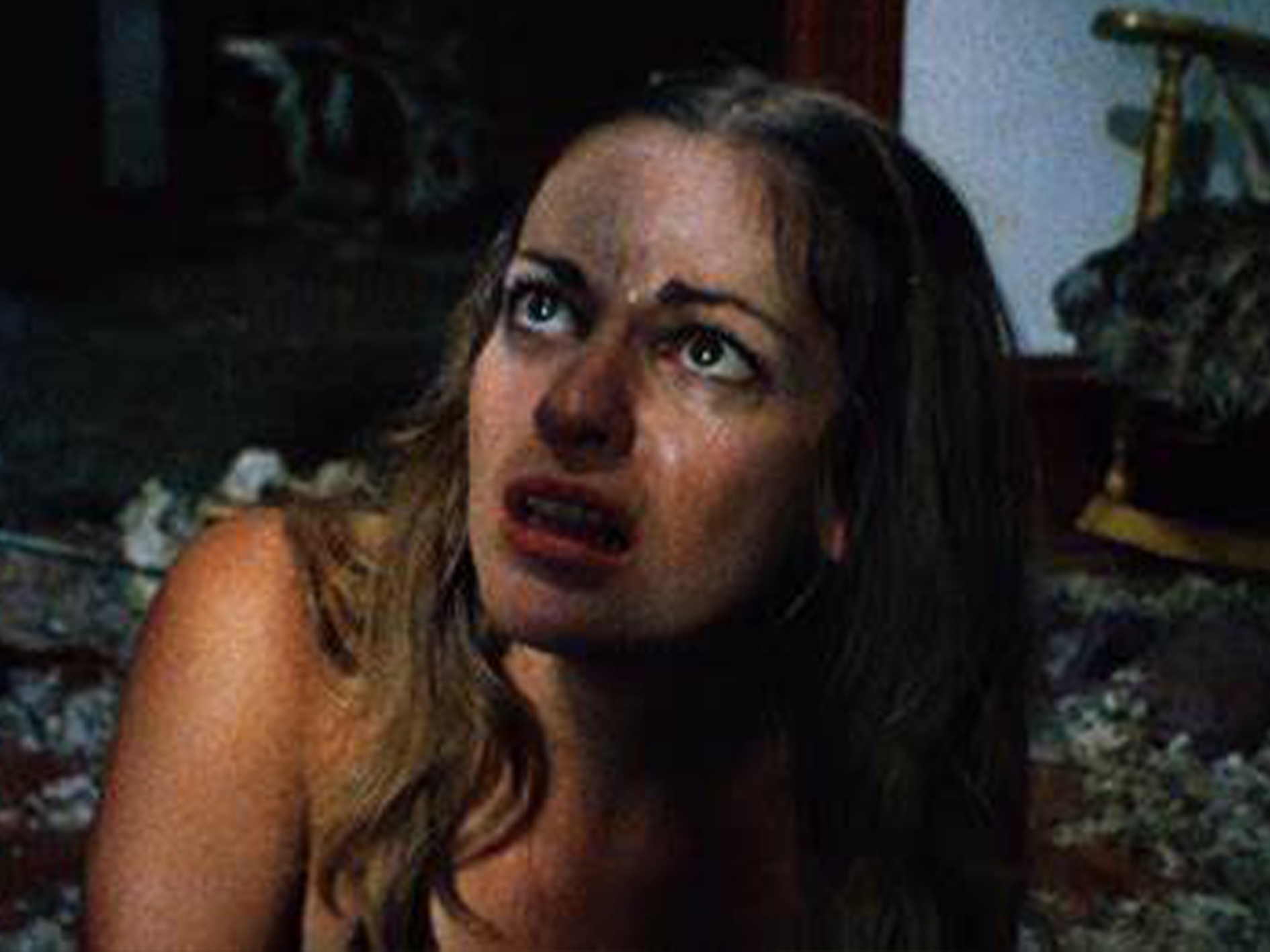
A number of shocked moviegoers lodged complaints about the level of violence in The Texas Chain Saw Massacre, meaning that some cinemas chose to stop showing it altogether. Widespread anxiety over the film saw it banned in a number of different countries including the United Kingdom. Still, this helped rather than hindered the film’s reputation as a masterpiece of terror.
The movie went on to bring in $30 million in the United States and Canada alone, making it the highest-grossing independent film of all time until the release of John Carpenter’s Halloween four years later. Still, The Texas Chain Saw Massacre has certainly had a lasting legacy; to this day, it is widely regarded as one of the greatest horror films ever made.
13. Guillermo del Toro became a vegetarian after watching the film
- Credit: Gage Skidmore via Wikimedia Commons
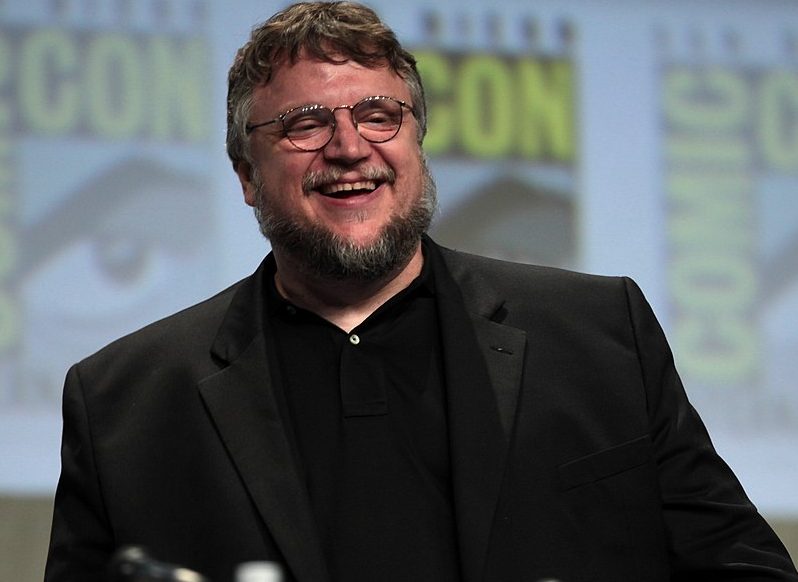
Director Tobe Hooper once revealed that he gave up eating meat whilst making The Texas Chain Saw Massacre, saying “in a way I thought the heart of the film was about meat. It’s about the chain of life and killing sentient beings.” Hooper wasn’t the only one to be affected by what has been described as “the ultimate pro-vegetarian film.” The Academy Award-winning director Guillermo del Toro also became a vegetarian for a time after he first watched it.
As suggested in a video essay by Rob Ager, Texas Chain Saw places humans in the place of animals in slaughterhouses. The Sawyer family treat their victims in the same way that cattle is treated: knocking them out with hammers, impaling them on meat hooks, making them watch as their friends are butchered before their eyes. It could certainly make you think twice about eating meat!
12. There have been eight follow-up films
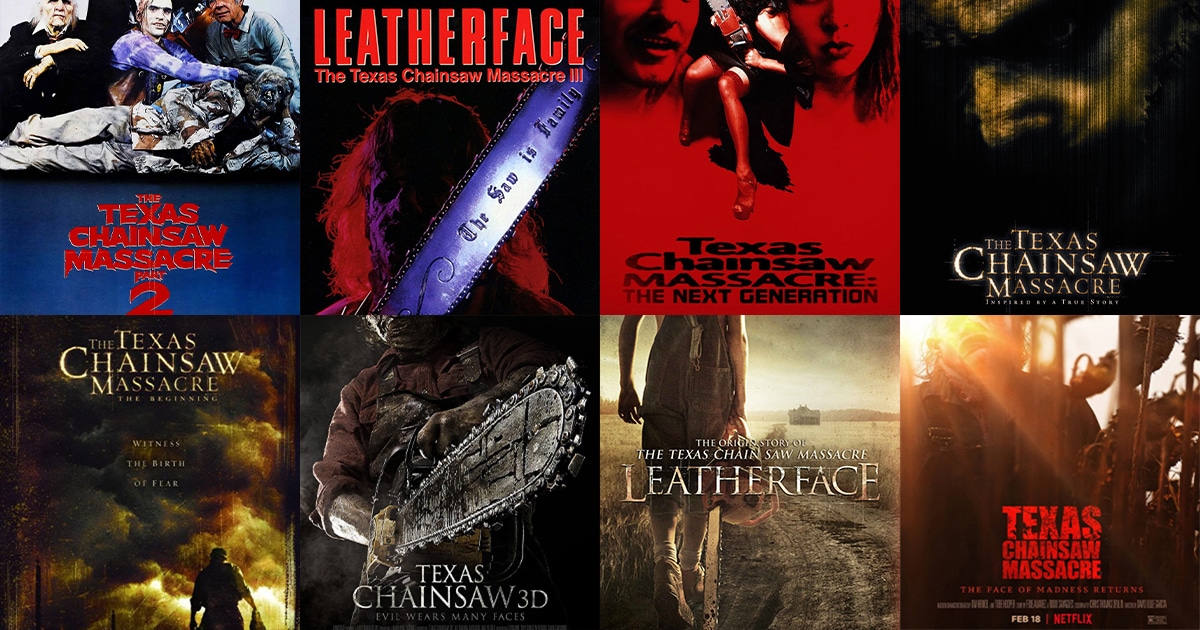
The success of The Texas Chain Saw Massacre has meant that it has to date spawned eight follow-up films, in the form of sequels, prequels and remakes. The Texas Chainsaw Massacre Part 2, also directed by Tobe Hooper, was released in 1986. In 1990, Leatherface: The Texas Chainsaw Massacre III was released, then in 1995 there was Texas Chainsaw Massacre: The Next Generation, starring a young Renée Zellweger and Matthew McConaughey.
Since then there have been four more films made in the Texas Chainsaw Massacre franchise: the 2003 remake and its subsequent prequel; 2013 sequel Texas Chainsaw 3D; and another prequel, 2017’s Leatherface. Another entry, once again entitled Texas Chainsaw Massacre, was released on Netflix in February 2022. Most critics agree that none of these films are in the same league as the 1974 original.
11. Marilyn Burns was put through hell during shooting

Working on The Texas Chain Saw Massacre was a very difficult experience for all involved, with the cast and crew grappling with incredibly tough working conditions. But no one suffered more than Marilyn Burns, who takes the lead as “final girl” Sally Hardesty. “No one was beaten, cut, and bruised more than Burns,” journalist John Bloom wrote in 2004. “By the end of production, her screams were real.”
“She’d been poked, prodded, bound, dragged through rooms, jerked around, chased through cocklebur underbrush, jabbed with a stick, forced to skid on her knees in take after take, pounded on the head with a rubber hammer, coated with sticky stage blood, and endlessly pursued by Hansen with his chain saw and Neal with his constantly flicking switchblade,” Bloom continued.
10. Tobe Hooper dreamed up the movie while Christmas shopping
- Credit: Lionel Allorge via Wikimedia Commons
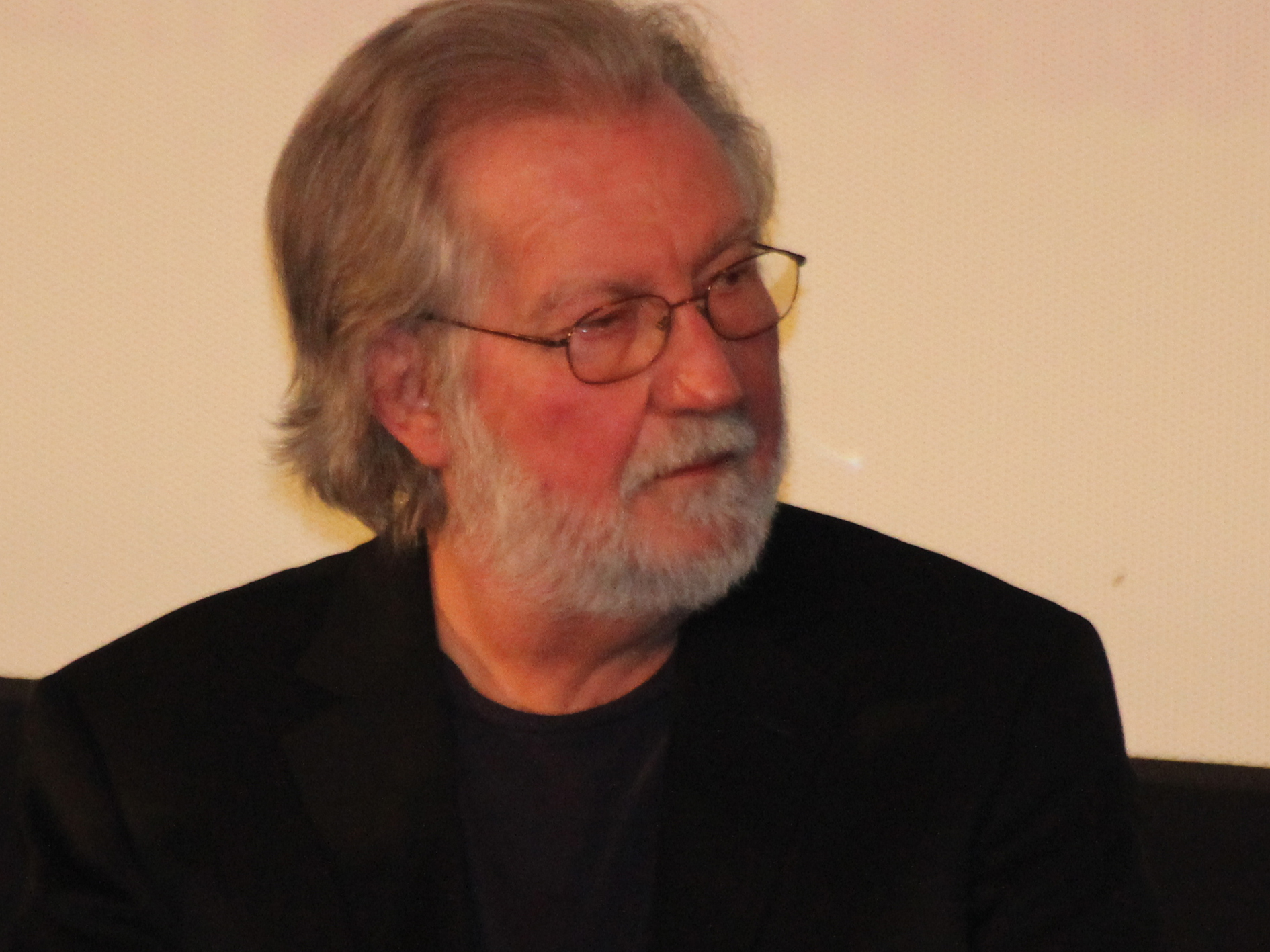
The Texas Chain Saw Massacre isn’t a particularly Christmassy movie, but director, producer, and writer Tobe Hooper was actually struck with inspiration for the film while doing his Christmas shopping one year. In an article written by John Bloom in 2004, Hooper recalled the exact moment in December 1972 when he thought of the idea for the film.
“There were these big Christmas crowds, I was frustrated, and I found myself near a display rack of chain saws. I just kind of zoned in on it. I did a rack focus to the saws, and I thought, ‘I know a way I could get through this crowd really quickly,’” he said. “I went home, sat down, all the channels just tuned in, the zeitgeist blew through, and the whole damn story came to me in what seemed like about 30 seconds.”
9. The cast were stoned during their final night of shooting
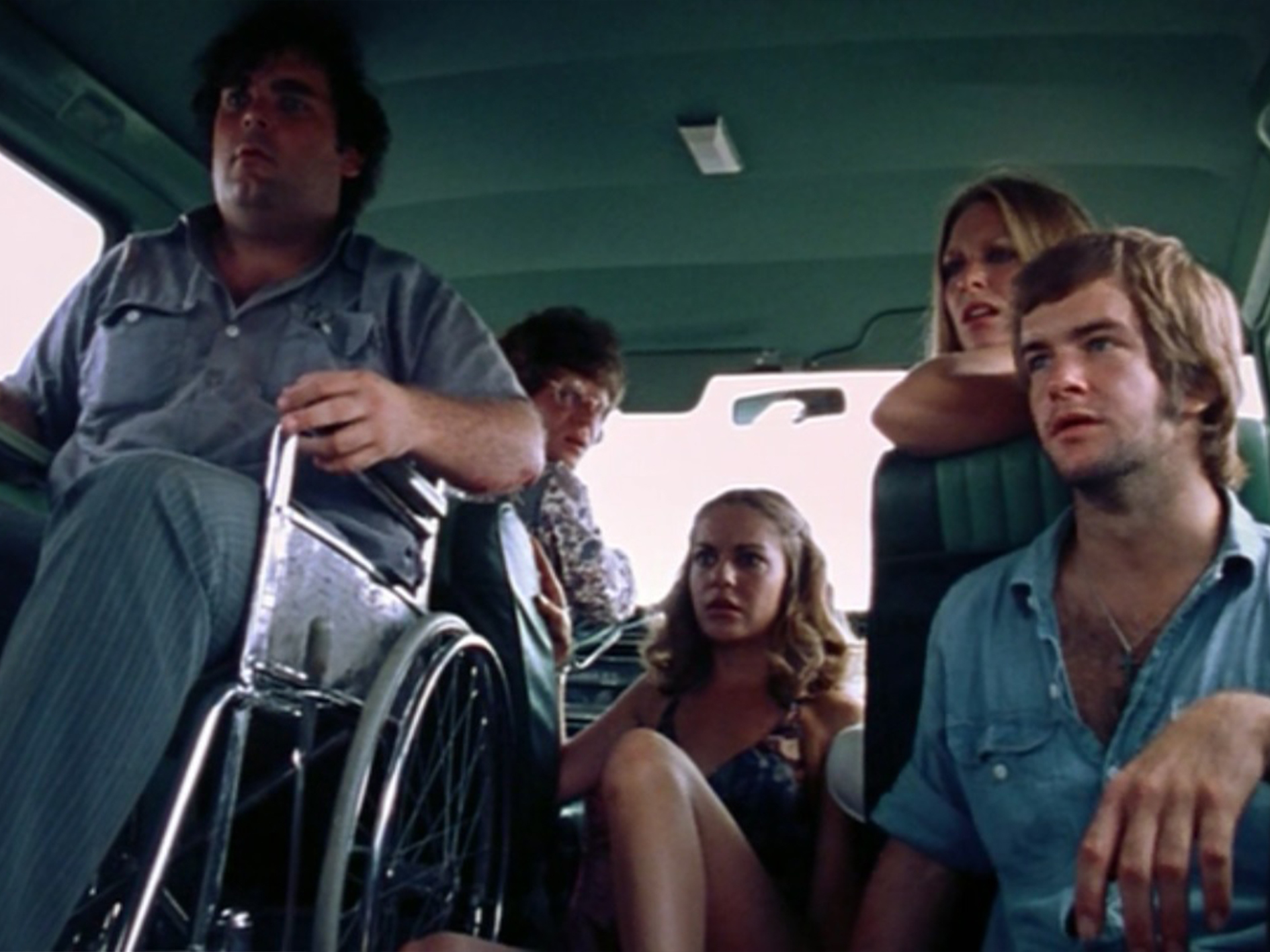
On the final night of shooting, makeup artist Dottie Pearl made weed brownies for everyone to eat. The cast and crew tucked in until Dottie realised Tobe Hooper’s mother had come to visit the set and she quickly hid the brownies away. One of the scenes that was shot that night was the iconic scene where Leatherface mows down a door with his chainsaw.
“I noticed people becoming more and more bizarre as the evening wore on,” production manager Ron Bozman – who had refused to have any of the brownies – told Texas Monthly in 2004. Gunnar Hansen ultimately managed to successfully cut down the door, although he admitted that he felt “hot” and “dizzy” while shooting the scene.
8. Makeup artist Dottie Pearl accidentally injected herself with formaldehyde on set

There are many dead animals featured in The Texas Chain Saw Massacre, and these carcasses were turned into ‘props’ by the film’s makeup artist Dottie Pearl. Trucks full of euthanised dogs and cats would turn up to the set and dump the cadavers there, and Dottie would go through the bodies individually, injecting them with formaldehyde.
One day, the process went badly wrong. Director Tobe Hooper recalled the incident in an interview: “She had a dead dog laying in her lap and she shot the dog with the needle, but the needle went through the dog’s leg and into her leg. She shot herself with formaldehyde. She said: This isn’t working.” Thankfully, Pearl was unharmed.
7. Cast and crew members got physically ill shooting the dinner table scene

One of the most intense scenes in The Texas Chain Saw Massacre comes toward the end, when Marilyn Burns’ Sally is tied to a chair at the dinner table with the deranged cannibal family. As unnerving as this sequence is to watch, it sounds like it was even more visceral and unpleasant for the unfortunate souls present for the scene, which was shot in a single stint lasting 27 hours. Hitchhiker actor Edwin Neal once remarked, “Filming that scene was the worst time of my life…and I had been in Vietnam.”
They were shooting in the full-on heat of a Texas summer, and the shoestring budget didn’t leave room for such luxuries as air conditioning. Numerous people were cramped together indoors with real, rotting animal carcasses all over the place (to say nothing of the unwashed cats and the crew’s body odour), and the stench was so great some people were vomiting and/or passing out. Things were worst for Grandpa actor John Dugan, who had to wear heavy make-up and a full suit during the scene.
6. It started life as a fairy tale movie

It has been remarked that The Texas Chain Saw Massacre is in much the same spirit as a classic fairy tale: a simple, cautionary story about the dangers of straying off the beaten path and getting too close to strangers. Even so, it may come as a bit of a surprise that early on in the film’s development, the plan was to make an actual fairy tale movie: specifically, an update of Hansel and Gretel.
Hooper revealed, “Before I came up with the chain saw, the story had trolls under a bridge.” However, the longer they worked on the idea, the more the two writers realised that an edgier, more grounded approach would be more effective, and any hint of the supernatural was thrown out of the script.
5. The filmmakers were inspired by The Night of the Living Dead
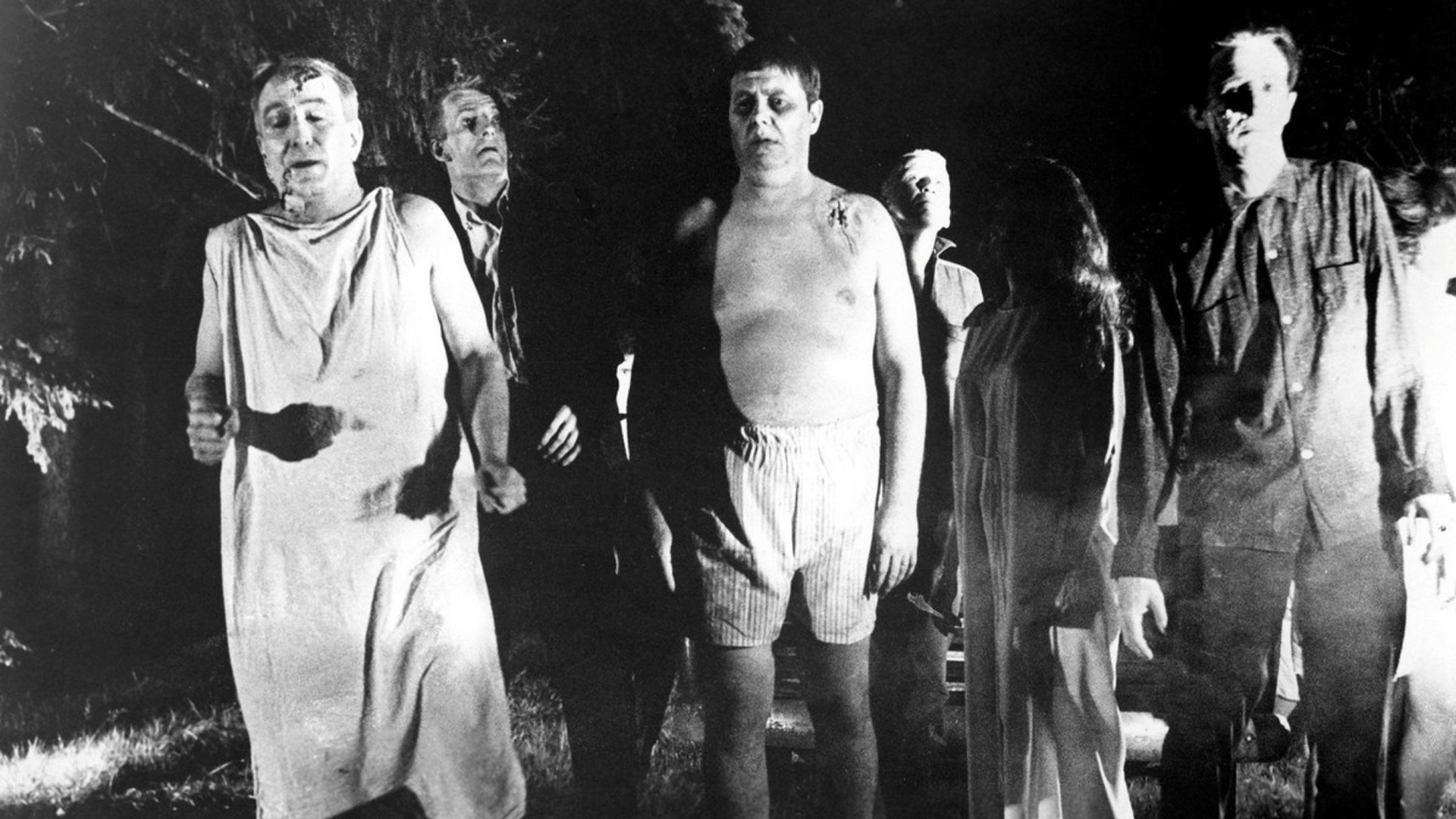
Today, The Texas Chain Saw Massacre is generally held up as one of the films responsible for ushering in the new era of horror in the 70s, along with another film from several years earlier: director George A. Romero’s 1968 classic The Night of the Living Dead. Like Tobe Hooper, Romero was a virtually penniless unknown working a long way from Hollywood when his breakthrough movie became a smash hit.
Hooper had originally set out intending to make intellectual art films, but when he saw The Night of the Living Dead he noticed, “They were lined up to see it… And I thought, ‘This is it. This is the way to get attention two thousand miles from L.A. and get noticed.” With this in mind, Hooper set about coming up with an intense low budget horror film of his own.
4. Leatherface was inspired by a real person Tobe Hooper knew

The Texas Chain Saw Massacre’s Leatherface is a terrifying character for many reasons. First off, there’s his sheer physical size, actor Gunnar Hansen towering over all his co-stars; secondly, there is the matter of him wielding a chainsaw. In addition, as his nickname reflects, Leatherface is noted for wearing masks made from actual skin – and, as alarming as it may seem, this detail was drawn from director Tobe Hooper’s own life.
The filmmaker explained, “The idea actually came from a doctor I knew. I remembered that he’d once told me this story about how, when he was a premed student, the class was studying cadavers. And he went into the morgue and skinned a cadaver and made a mask for Halloween. We decided Leatherface would have a different human-skin mask to fit each of his moods.”
3. Franklin actor Paul Partain was genuinely disliked on set

While Leatherface and his family may be the villains, in some respects the least pleasant character in The Texas Chain Saw Massacre is Franklin, Sally’s wheelchair-bound brother who takes out his resentment for his condition on everyone else. Reportedly actor Paul Partain went method, being genuinely obnoxious to his co-stars so they didn’t have to pretend to be disdainful of him. Considering the already trying conditions under which the film was made, Partain’s behaviour only exacerbated things.
His screen sister Marilyn Burns eventually stopped talking to him, and Leatherface actor Gunnar Hansen once remarked that Partain was the only victim he actually enjoyed killing. Partain himself later expressed regret for taking this approach: “I was a young, inexperienced actor who didn’t realise that it wasn’t like theater. You didn’t have to stay in character all the time.”
2. The cast and crew made almost no money from the film
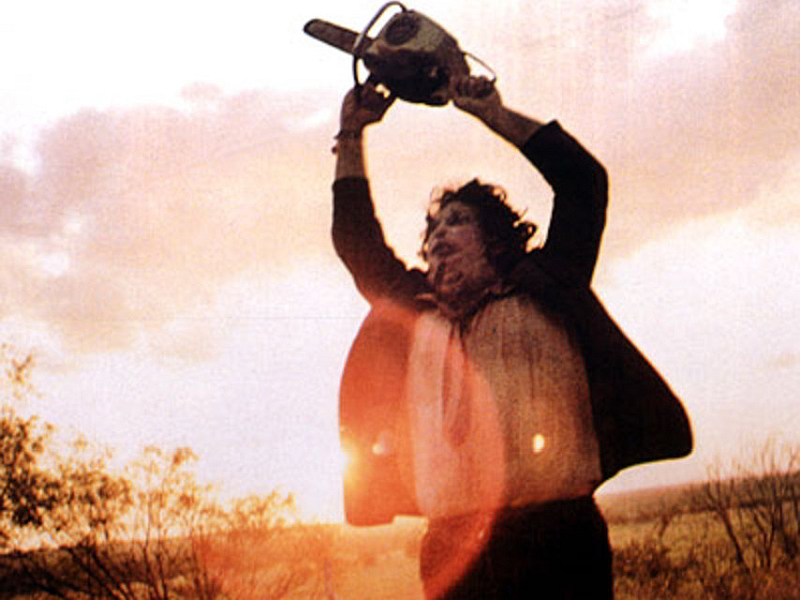
The Texas Chain Saw Massacre was made for a very low budget (figures vary, but it was probably under $100,000), but the film would eventually make a massive return on this investment with box office earnings of around $31 million. You might have expected this would mean the filmmakers and actors would have earned a tidy sum from the film – but you’d be wrong.
On selling the film for distribution, the inexperienced Hooper and Henkel thought they were signing on for shares of the film’s profits, but some complex legal wrangling on the part of the distributor ensured that almost none of The Texas Chain Saw Massacre’s considerable earnings saw its way back to them. The cast got even less: actor Ed Neal recalls that more than six months after the film was released, he was sent a check for a mere $28.45.
1. It’s considered one of the greatest horror movies of all time

The critical reception to The Texas Chain Saw Massacre at the time of its release in 1974 was mixed, with the Los Angeles Times going so far as to call it “despicable.” Esteemed critic Roger Ebert described the film as “as violent and gruesome and blood-soaked as the title promises,” while Stephen Koch for Harper’s Magazine slated the violence for being “extreme and unimaginative.”
However, The Texas Chain Saw Massacre is now regarded as one of the greatest and most influential horror movies of all time. Writing for Time in 1999, journalist Richard Zoglin wrote that the film had “set a new standard for slasher films.” Today the movie is credited with creating a number of slasher genre staples including the introduction of a masked, faceless killer.

